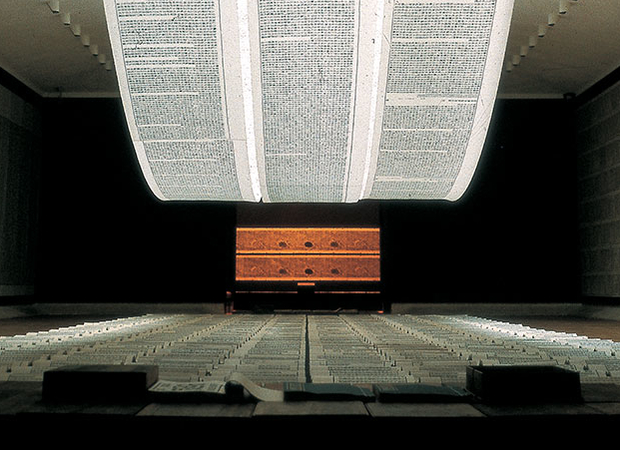Notes from ChinaFile
09.24.24
From Wild Exuberance to State Control in China’s Art Market
The scholar and journalist Kejia Wu is the author of A Modern History of China’s Art Market, a fascinating book that examines the relationship between the Chinese government’s push for cultural “soft power” and its desire for control. In the book,...
The NYRB China Archive
03.10.22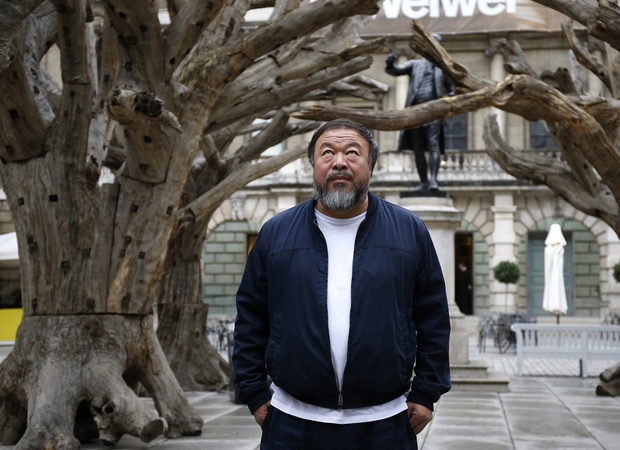
The Uncompromising Ai Weiwei
from New York Review of Books
As I read 1000 Years of Joys and Sorrows, I felt as if I’d finally come upon the chronicle of modern China for which I’d been waiting since I first began studying this elusive country six decades ago. What makes this memoir so absorbing is that it...
Culture
06.27.19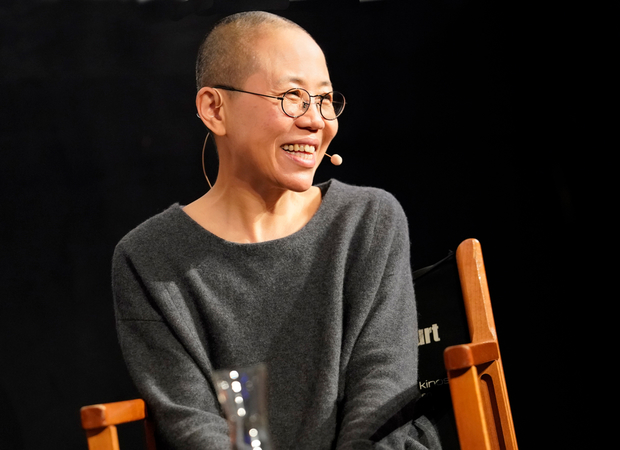
‘What I’m Always Doing Is Escaping, Escaping, Escaping’
Liu Xia, widow of Liu Xiaobo, who won the Nobel Peace Prize in 2010 and died while in Chinese custody in 2017, has opened up to the public for the first time since she began a life of exile in Germany nearly a year ago. On May 4, in a dialogue with...
Culture
03.12.19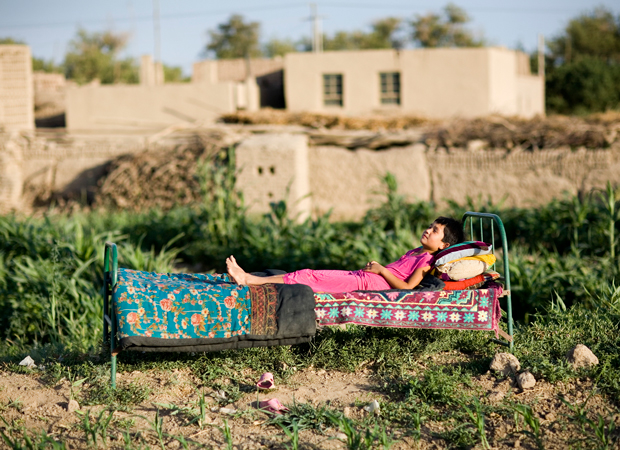
‘I Can’t Sleep: Homage to a Uyghur Homeland’
In the 2000s, New York-based artist Lisa Ross traveled to the city of Turpan in China’s Xinjiang Uighur Autonomous Region and photographed local people on the beds that they keep in their fields. The portraits in that series are currently on exhibit...
ChinaFile Recommends
08.06.18Ai Weiwei Responds To Chinese Authorities Destroying His Beijing Studio
NPR
In Beijing, the AFP reports that authorities have slated the neighborhood surrounding Ai’s studio for redevelopment. According to the AP, Beijing has destroyed “large swaths of the suburbs over the past year in a building safety campaign...
The NYRB China Archive
01.06.18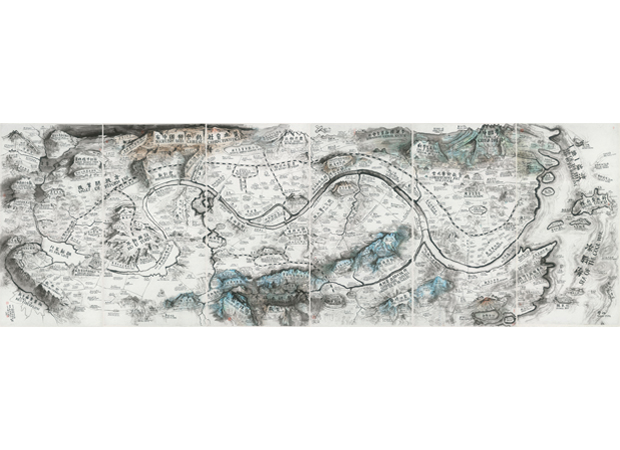
‘The Biggest Taboo’
from New York Review of Books
One of China’s most influential artists is forty-eight-year-old Qiu Zhijie. A native of southern China’s Fujian province, Qiu studied art in the eastern city of Hangzhou before moving to Beijing in 1994 to pursue a career as a contemporary artist...
The NYRB China Archive
11.27.17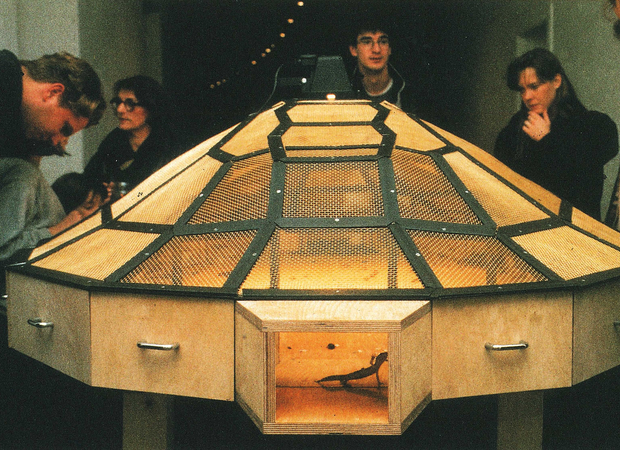
China’s Art of Containment
On the evening of May 20, 1989, in response to weeks of mass demonstrations in Tiananmen Square, the Chinese government placed Beijing under martial law. The following morning, in Hong Kong, far to the south, Wen Wei Po, the main Communist-...
ChinaFile Recommends
10.25.17A Chinese Exhibit Comparing Africans to Animals Shows the Problematic Racial Attitudes in China
Quartz
As a black woman in China, I’ve been relatively fortunate. My negative experiences have mostly consisted of being photographed and gawked at by Chinese people. While many of my fellow Africans have had much more traumatic experiences, my experience...
ChinaFile Recommends
10.06.17From Innovation to Provocation, China’s Artists on a Global Path
New York Times
Strange to say, although China has 1.4 billion people, it has only one artist, Ai Weiwei. Or so you’d think if you followed the Western news media. “Art and China after 1989: Theater of the World” at the Solomon R. Guggenheim Museum wants to correct...
ChinaFile Recommends
10.02.17The New Generation of Chinese Collectors Shaking up the Art World
CNN
Michael Xufu Huang is hard to miss. In March of this year, the Chinese art collector turned heads at a Guggenheim party by showing up in a white leather jumpsuit. A week later, he swept through the VIP opening of Art Basel in Hong Kong in a powder-...
ChinaFile Recommends
09.28.17How China and America Can Protect the World’s Antiquities
Foreign Affairs
In 1971, a ping-pong match between the U.S. and Chinese national teams helped open relations between the two countries. Since then, people-to-people diplomacy has been a bright spot in otherwise tense interactions. But civil society engagement has...
Video
07.27.17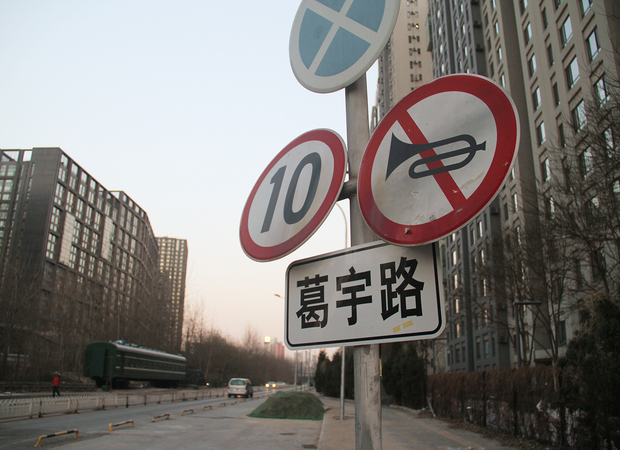
Where The Streets Had My Name
If you’re not dead yet and you were never very famous, can you still get a street named after you in Beijing? You can if you’re 27-year-old artist Ge Yulu. Open Google Maps, enter his name, and there you will find a 1,476-foot-long street that...
The NYRB China Archive
06.22.17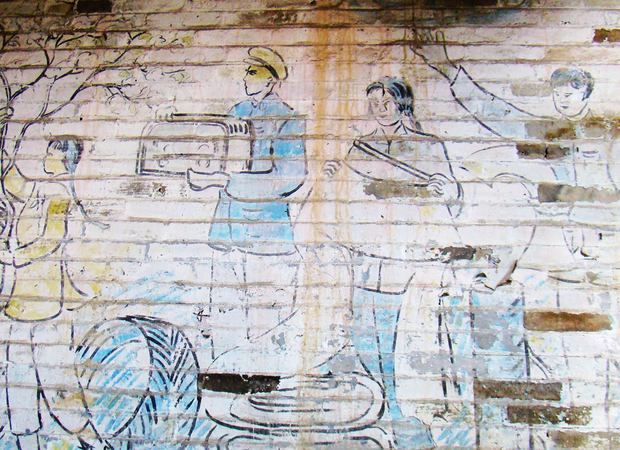
Novels from China’s Moral Abyss
from New York Review of Books
Modern China was built on the nearly thirty ruthless years of Mao’s rule. The country’s elite—the “literati” of educated small landowners who held the empire together at the local level—was brutally eliminated. Almost everyone’s personal life was...
The NYRB China Archive
05.06.17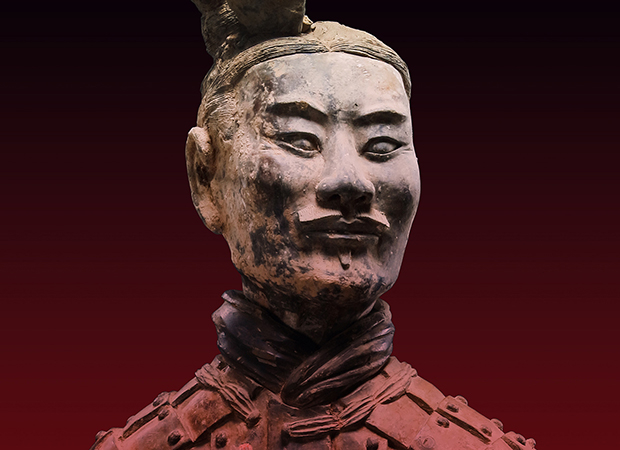
The Earthy Glories of Ancient China
from New York Review of Books
French schoolchildren used to be taught that they were descended from the Gauls, a tribe that emerged around the fifth century BC. It is a common conceit of 19th-century nationalism that citizens of modern nation-states can trace their national...
ChinaFile Recommends
01.06.17How ‘Bambi’ Got Its Look From 1,000-Year-Old Chinese Art
New York Times
The Chinese-American artist Tyrus Wong, who died last week at 106, was an incredibly accomplished painter, illustrator, calligrapher and Hollywood studio artist. But as Margalit Fox wrote in her obituary for Mr. Wong, “because of the marginalization...
ChinaFile Recommends
11.29.16Author’s Vision of a Future Beijing Looks to China’s Present
New York Times
Meet Hao Jingfang, author of “Folding Beijing,” the science-fiction novelette that beat out Stephen King to win a Hugo Award.
ChinaFile Recommends
11.10.16Ancient Town in China Enjoys Profitable Rebirth as a ‘Beautiful Stage’
New York Times
With selfie-ready backdrops — flowing green canals and sloping tiled roofs — Wuzhen, China, takes off with tourists
ChinaFile Recommends
10.31.16Seeking Lower Rent, Chinese Artists Cut Path for Themselves Outside Beijing
New York Times
A small and decidedly nondescript city called Yanjiao, about an hour’s drive from Beijing, has been experiencing an influx of artists
ChinaFile Recommends
10.25.16Smiling Panda, Weeping Dragon: China’s Banksy Brings Life to City Sprawl
Guardian
Qi Xinghua, famous as a 3-D painter, says he wants to ‘add some fun to our lives’ by brightening up drab cityscapes
Sinica Podcast
08.31.16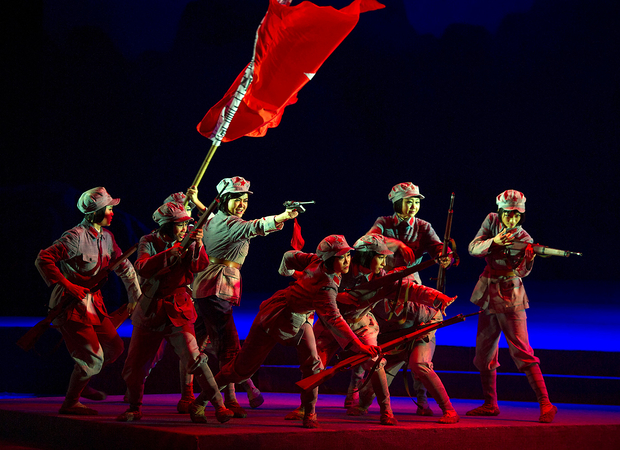
What Is Cultural About the Cultural Revolution? Creativity Amid Destruction
from Sinica Podcast
This year marked the 50th anniversary of the beginning of the Cultural Revolution, a chaotic decade of Chinese history made infamous in the West through books such as Wild Swans and Life and Death in Shanghai, which describe in horrific detail the...
Excerpts
03.22.16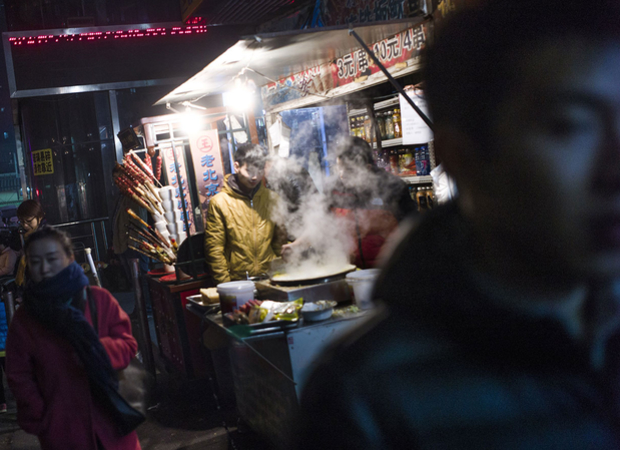
Beyond ‘Chicken or Beef’ Choices in China Debates
Growing up in California with no special interest in China, one of the few things I associated with the big country across the Pacific was mix-and-match meal creation. On airplanes and in school cafeterias, you just had “chicken or beef” choices,...
Media
10.29.15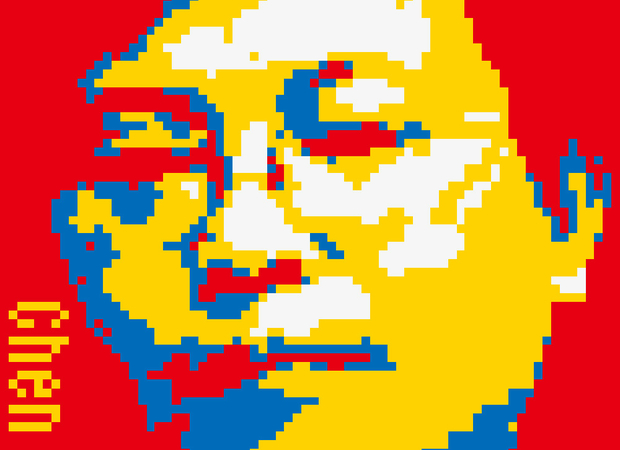
Ai Weiwei Doesn’t Need Anyone to Give Him Legos
The noted Chinese artist and perennial dissident Ai Weiwei recently announced that Lego, a Denmark-based company, had refused his request to purchase more than a million of the tiny toy bricks for an Australian display of his work “Trace,” a...
Culture
10.26.15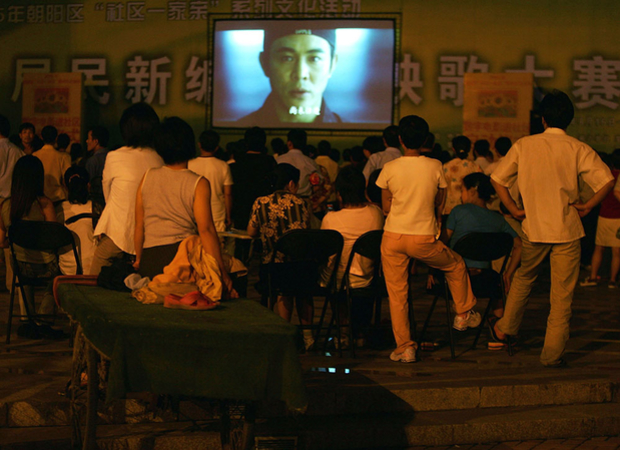
Xi Jinping on What’s Wrong with Contemporary Chinese Culture
from China Film Insider
At the Beijing Forum on Literature and Art last October, President Xi Jinping spoke to a high-level audience of arts professionals about the role of arts and culture in China. The event, along with excerpts of the October 15, 2014 speech, given in...
The NYRB China Archive
09.12.15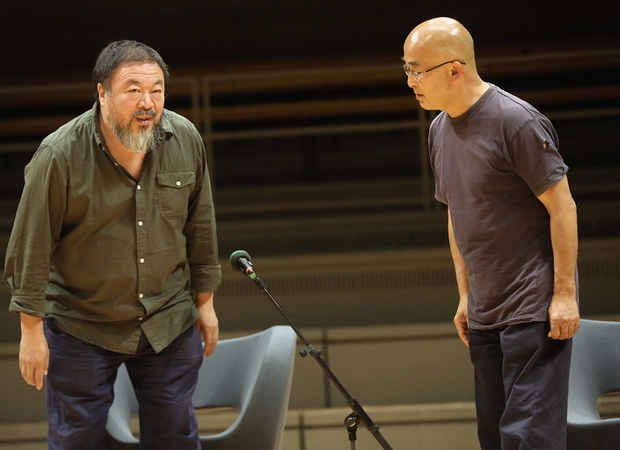
‘I Try to Talk Less’: A Conversation with Ai Weiwei and Liao Yiwu
from New York Review of Books
In late July, Chinese authorities renewed travel privileges for conceptual artist and political activist Ai Weiwei, ending a five-year prohibition following his arrest in 2011. He promptly flew to Munich and then Berlin, where he has accepted a...
ChinaFile Recommends
09.10.15China: Through the Looking Glass
Maura Cunningham
Orientalism is generally understood as a bad thing. What the “Through the Looking Glass” exhibit designers attempted to do was reclaim Orientalism, demonstrating that Western designers might only have a superficial understanding of China, but that...
Culture
09.09.15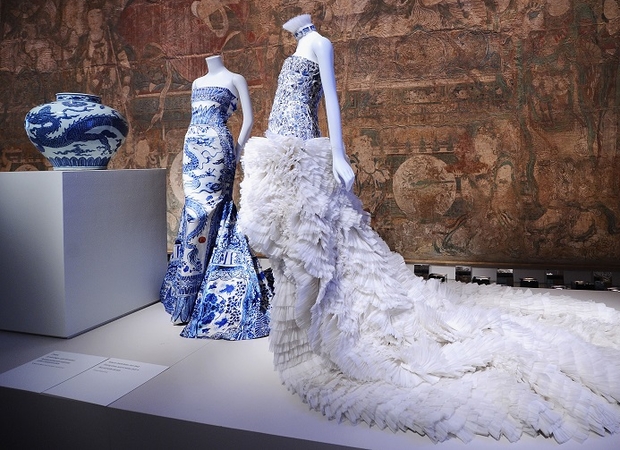
The Met Goes to China
In July, while in New York, I toured The Metropolitan Museum of Art’s much buzzed about “China: Through the Looking Glass,” a visually stunning multimedia exhibit that showcases the varied ways that Western fashion designers have been inspired by...
Environment
05.28.15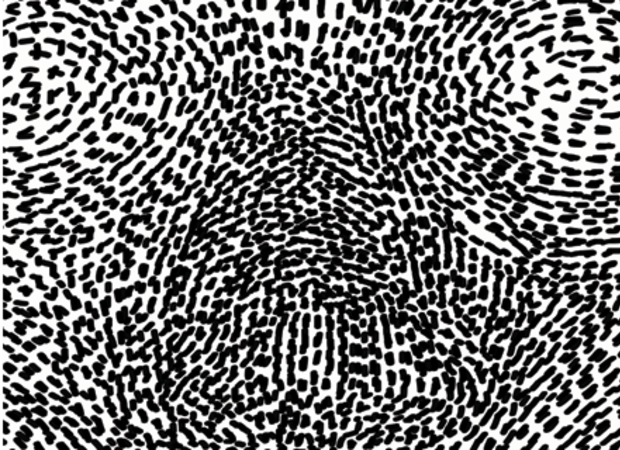
Chinese Posters Warn of the Dangers of Smog
from chinadialogue
{slideshow, 16211, 4}An exhibition of smog-inspired posters is touring the polluted cities of northern and eastern China this month to draw attention to the impending environmental disaster.Created by a group of Chinese designers, the 300 posters...
The NYRB China Archive
05.27.15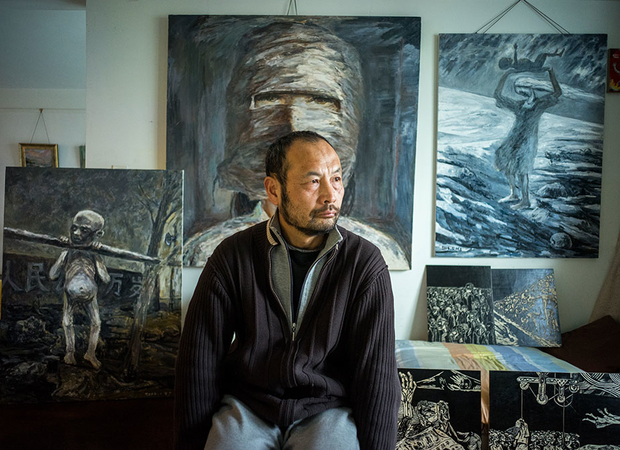
China’s Invisible History: An Interview with Filmmaker and Artist Hu Jie
from New York Review of Books
Though none of his works have been publicly shown in China, Hu Jie is one of his country’s most noteworthy filmmakers. He is best known for his trilogy of documentaries about Maoist China, which includes Searching for Lin Zhao’s Soul (2004), telling...
Sinica Podcast
05.18.15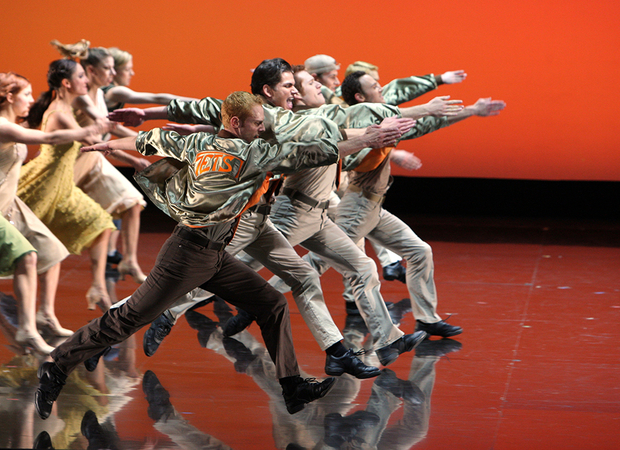
Leonard Bernstein and China
from Sinica Podcast
This week on Sinica, Kaiser Kuo and David Moser are delighted to host Alexander Bernstein, son of Leonard Berstein and director of the Bernstein Family Foundation, who is now in China on part of a cultural tour. Accompanied by Alison Friedman of...
ChinaFile Recommends
04.28.15Three Days in Beijing with the Global Dissident Elite
Fusion
Poitras, Oscar-winning Citizenfourdirector, came to Beijing to shoot a film about Appelbaum and Ai meeting and making art.
The NYRB China Archive
04.13.15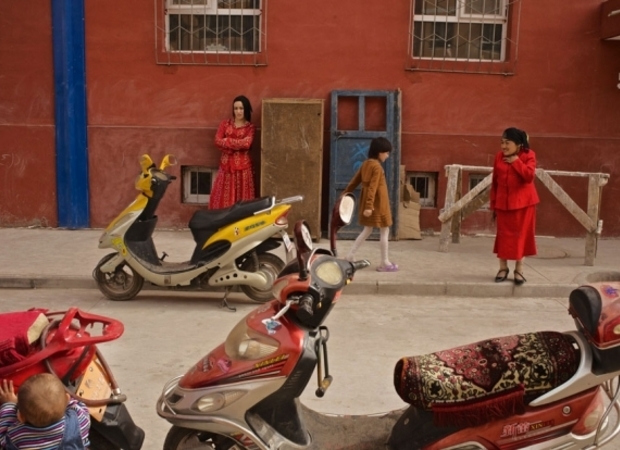
China: What the Uighurs See
from New York Review of Books
Xinjiang is one of those remote places whose frequent mention in the international press stymies true understanding. Home to China’s Uighur minority, this vast region of western China is mostly known for being in a state of permanent low-grade...
The China Africa Project
04.03.15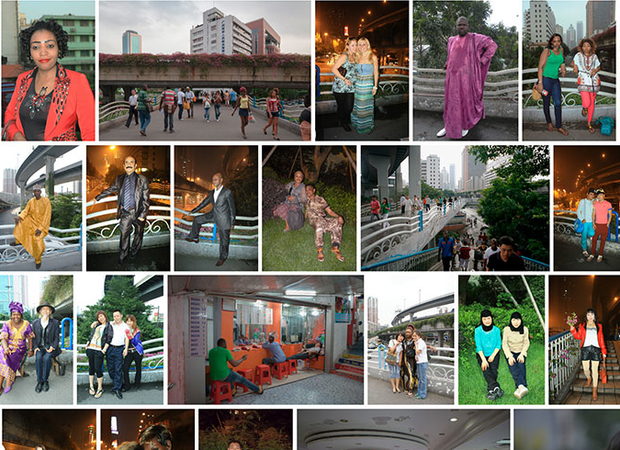
This Little Bridge Connects Guangzhou and Africa
The southern Chinese city of Guangzhou is home to China’s largest African migrant population, predominantly from Nigeria. In the city’s Little North Road neighborhood there is a small pedestrian bridge where immigrants from all over the world go to...
ChinaFile Recommends
03.27.15Beyond Ai Weiwei: How China’s Artists Handle Politics (or Avoid Them)
New Yorker
Westerners are often criticized for looking at Chinese art through a narrow political lens.
Culture
02.18.15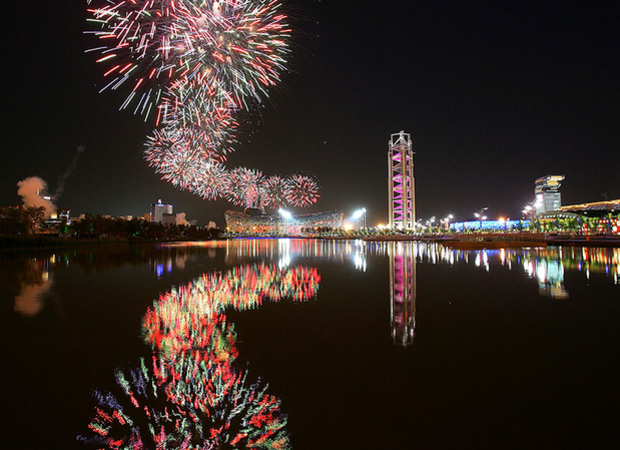
Cai Guo-Qiang’s Love Affair With Fireworks
New York City-based artist Cai Guo-Qiang, one of the most celebrated contemporary artists born in China, has become the Godfather of a spectacular new kind of fireworks displays which he calls “explosion events.” Having done large-scale events...
Culture
12.19.14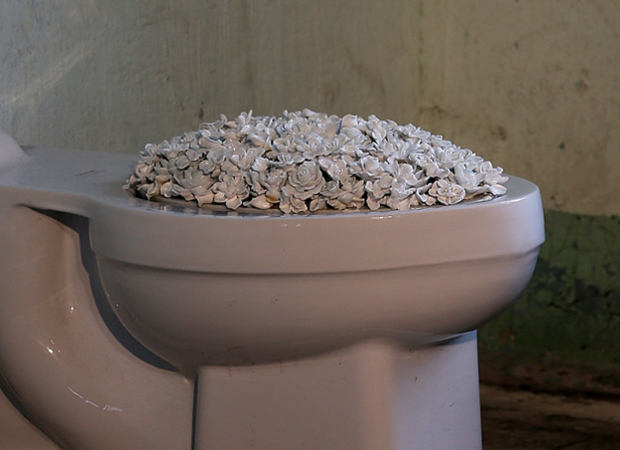
‘One Day the People Will Speak Out for Me’
The ongoing exhibition “@Large: Ai Weiwei at Alcatraz” is both revelatory and heart-wrenching, a stunning and sobering work by an artist who understands firsthand the fragility and pricelessness of freedom.Detained without warning or charge for 81...
ChinaFile Recommends
10.14.14When Hong Kong Protests Are Over, Where Will the Art Go?
Wall Street Journal
As Hong Kong’s pro-democracy protests wane, what will become of the iconic artwork Umbrella Man, the Lennon Wall of sticky notes and all the banners?
ChinaFile Recommends
10.06.14A Chinese Artist Confronts Environmental Disaster
New Yorker
What were all these sick animals—lions, wolves, camels, monkeys, gazelles, pandas, and zebras—doing on this dilapidated Chinese fishing boat, sailing past the famous frieze of colonial banks, trading houses, and clubs that make up Shanghai’s Bund?
The NYRB China Archive
12.23.10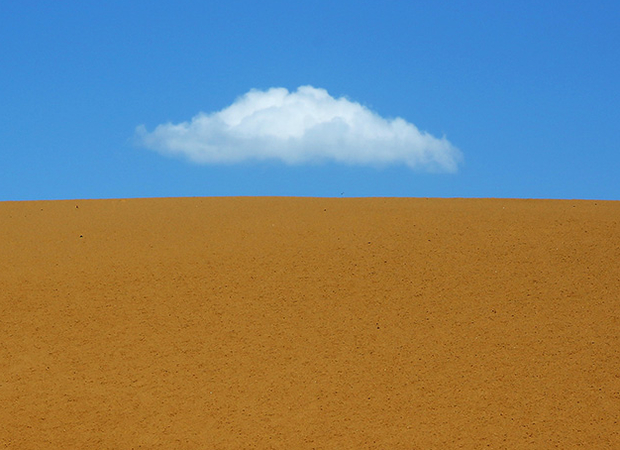
Xanadu in New York
from New York Review of Books
1.The Mongols inhabited a vast, featureless grass plain where the soil was too thin for crops. They raised horses, cattle, yaks, sheep, and goats, and subsisted almost entirely on meat and milk and milk products. The women milked the cows and the...




